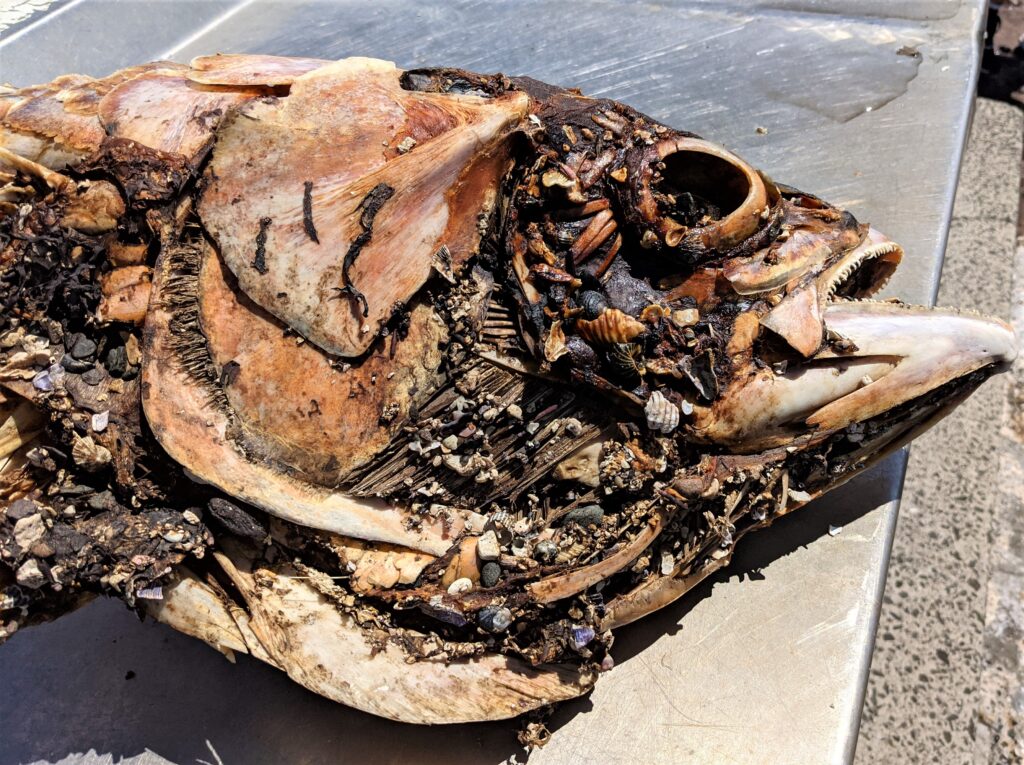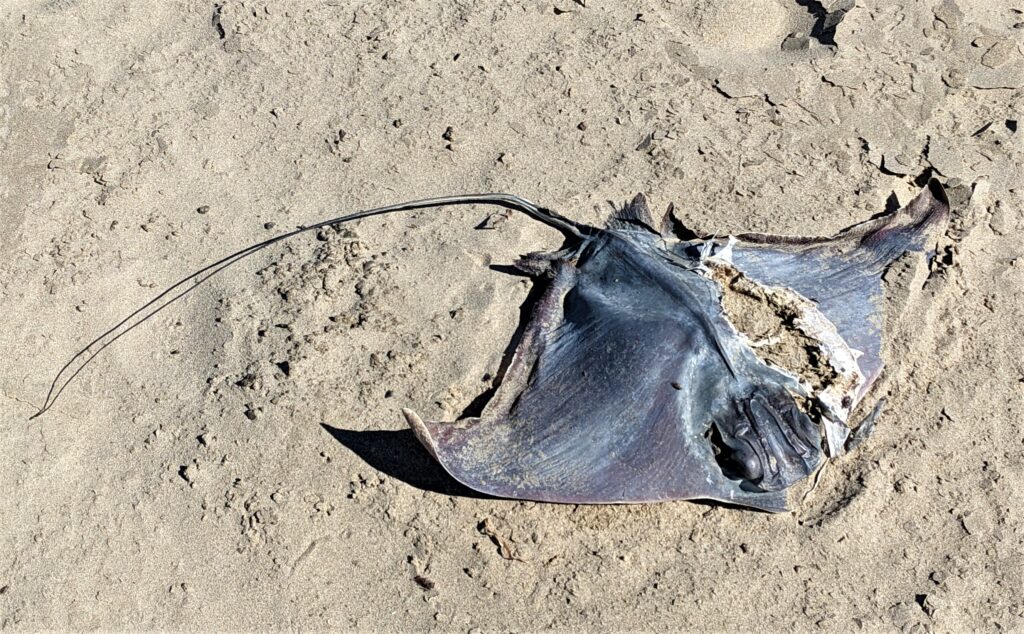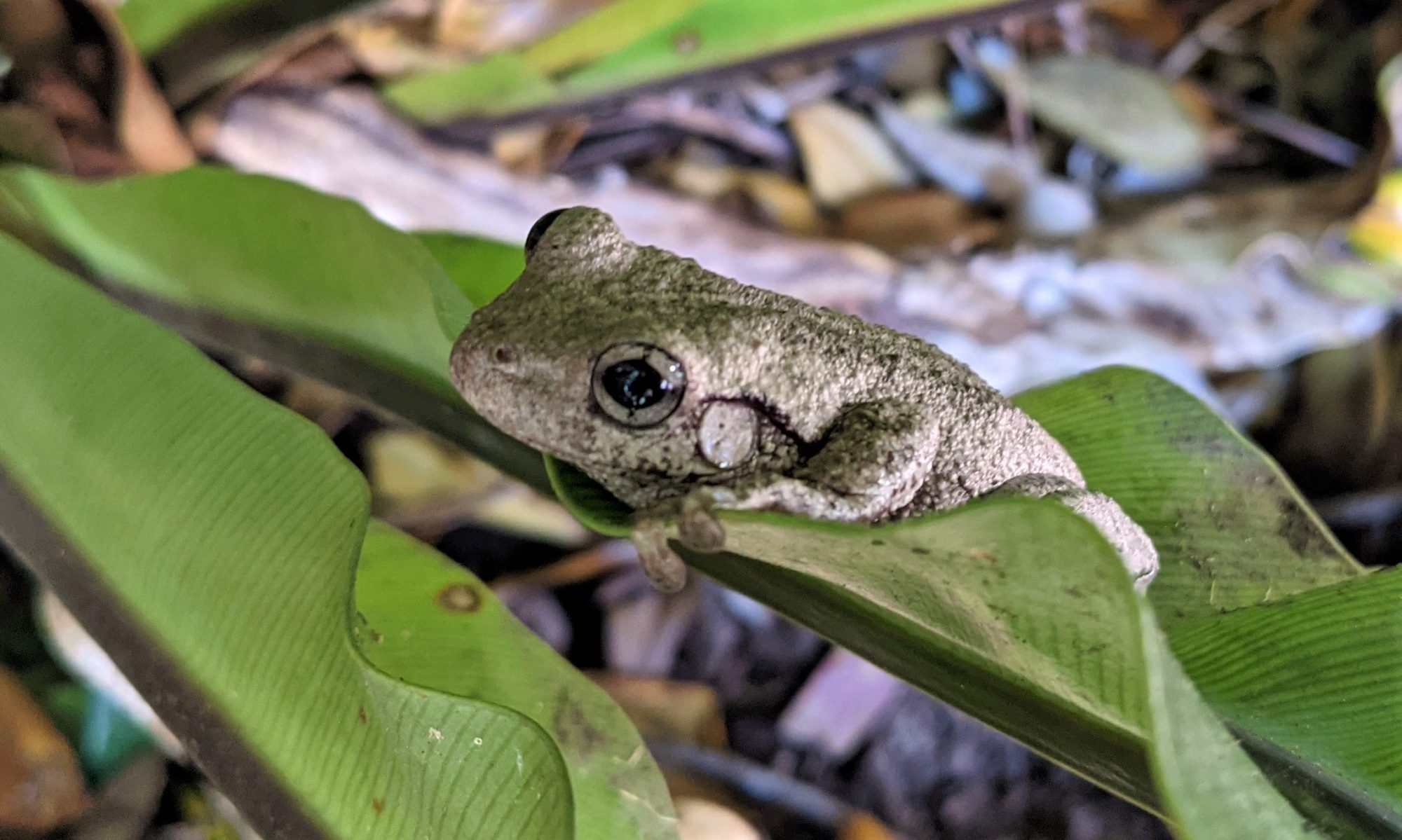Australia is renowned for its stunning coastline, offering an array of unique marine ecosystems. My favourite coastal places to explore are the rock platforms and rock pools. They are miniature ecosystems that play a vital role in preserving marine life and enriching our coastal experiences.
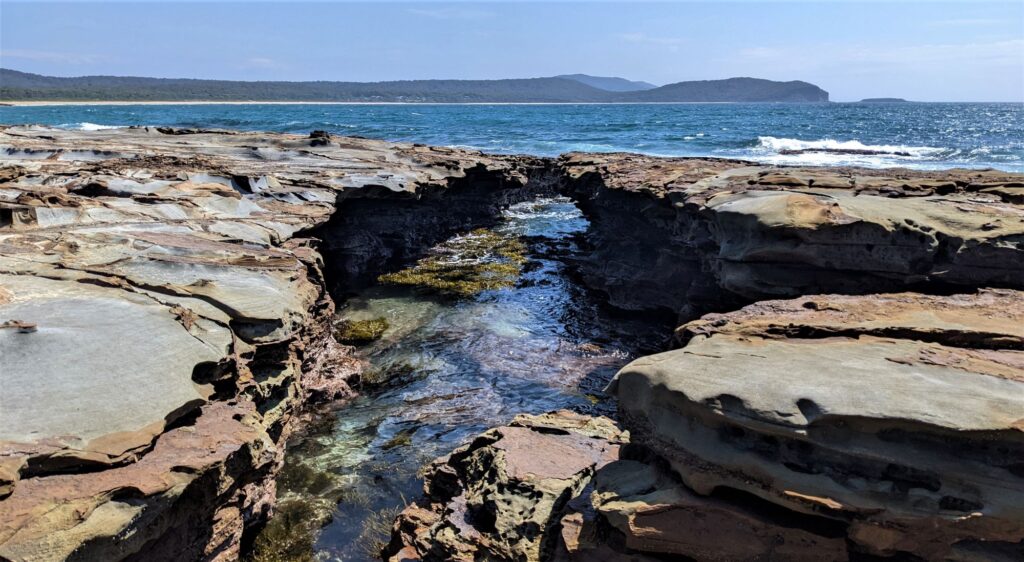
Rock pools serve as biodiversity hotspots, teeming with an abundance of marine life that includes a variety of plants, invertebrates, and fish species. Rock pools form isolated microhabitats, allowing various marine organisms to thrive.
Rock pools are situated within the intertidal zone, the area of the shore that is exposed during low tide and submerged during high tide. Studying these pools helps scientists and researchers gain insights into the adaptations and survival strategies of intertidal organisms. It also aids in understanding the impact of environmental changes, such as climate change and pollution, on coastal ecosystems.
Due to their proximity to the sea, these creatures experience a fluctuation in environmental conditions, such as temperature, salinity, and water level, making living in a rock pool a challenging environment for adaptation and survival.
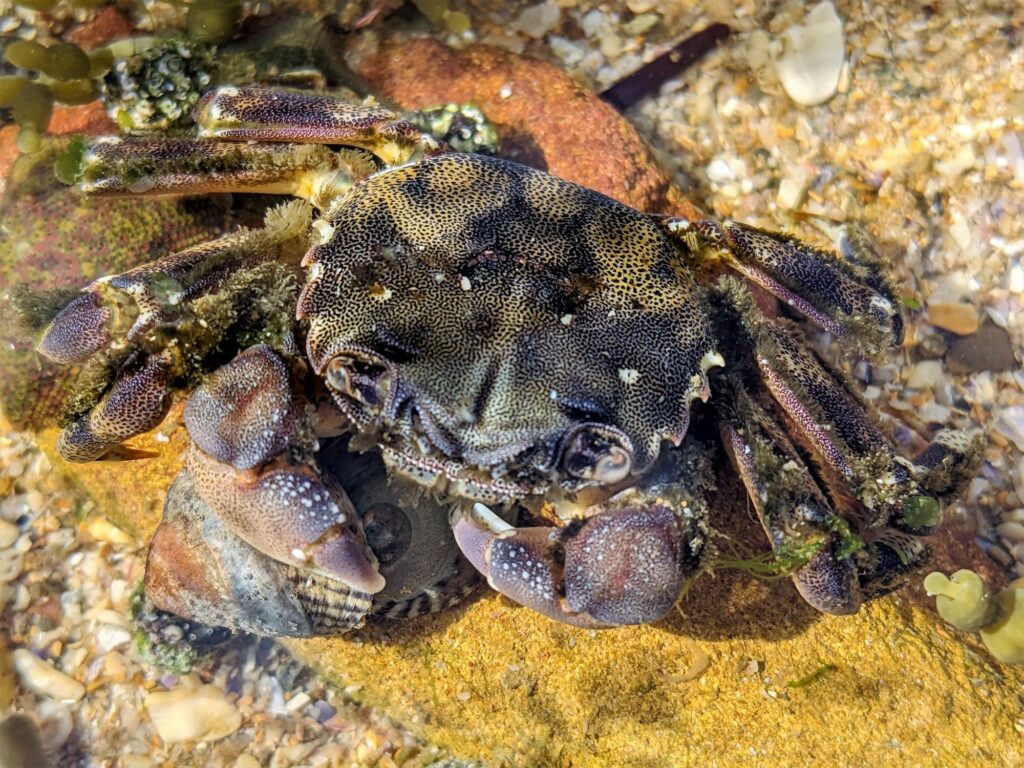
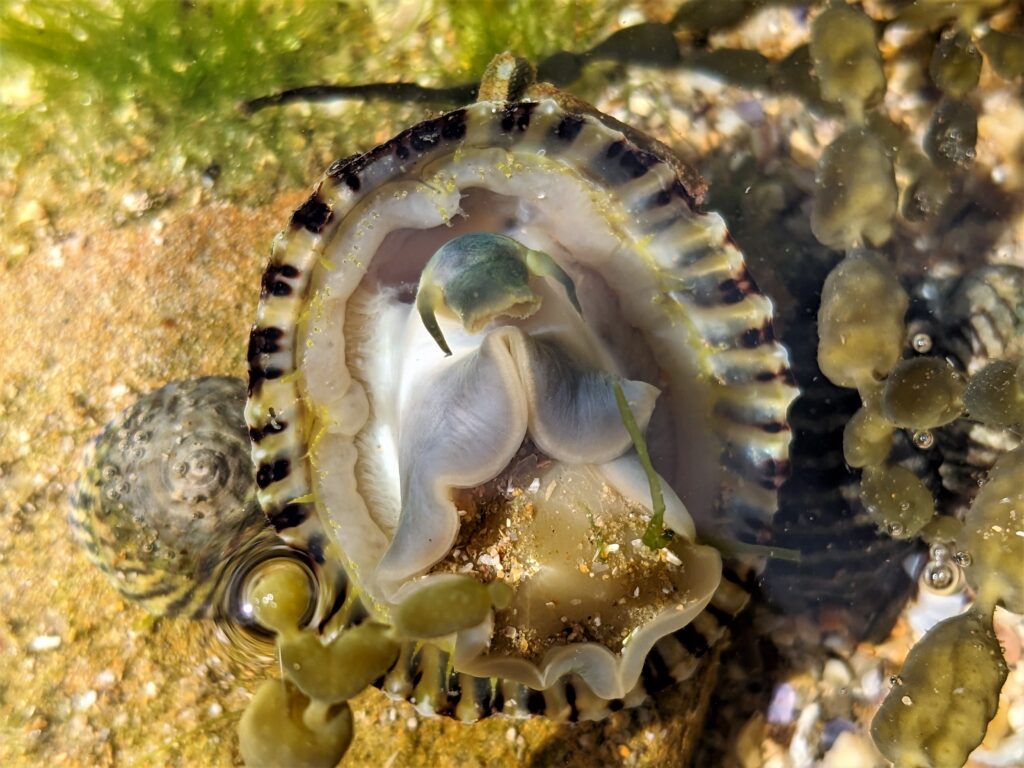
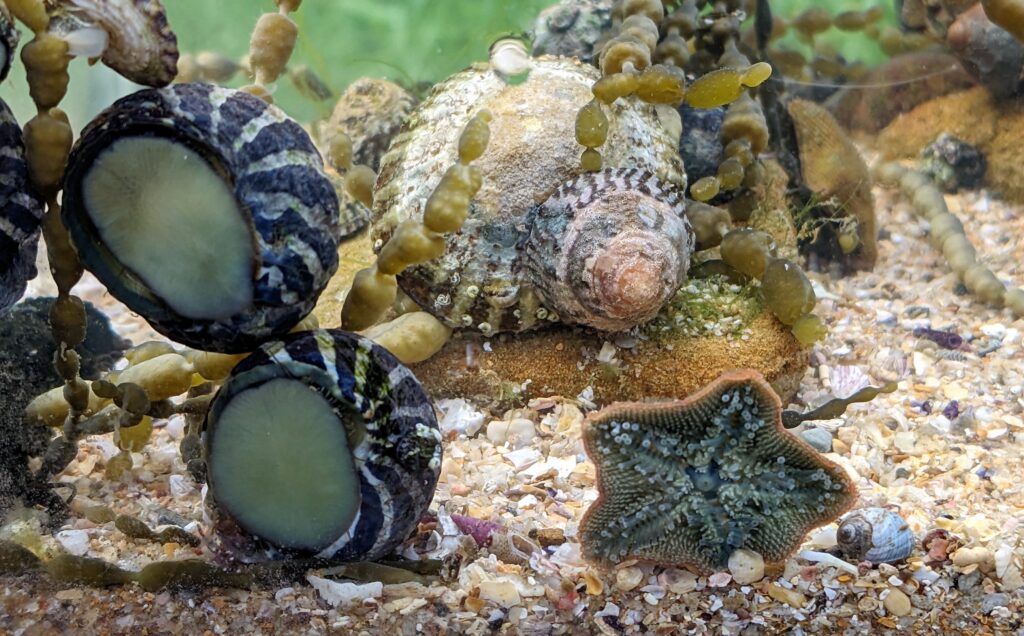
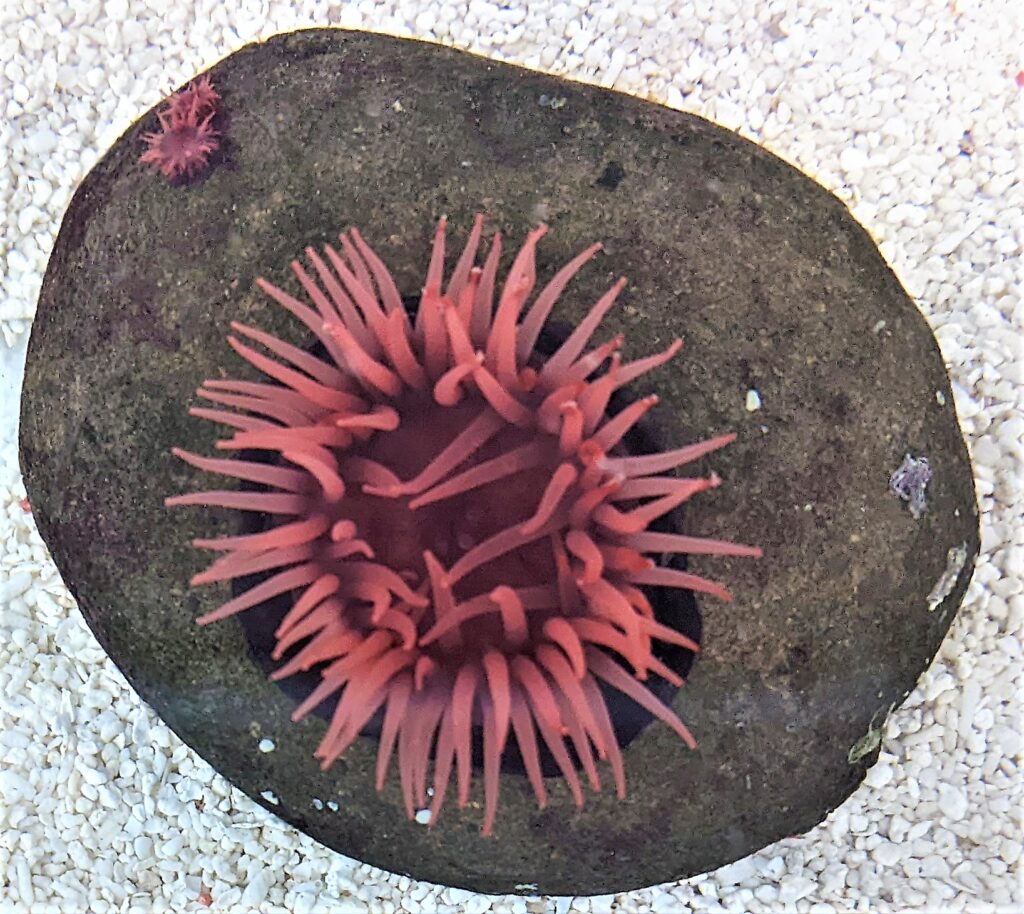
For many marine species, rock pools act as crucial nursery habitats. Small fish, crustaceans, and molluscs often use these pools as sheltered environments to lay their eggs and protect their young from predators. The calm and shallow waters of rock pools provide an ideal setting for the early stages of life, allowing these marine creatures to grow and develop before venturing out into the open ocean.
Another great way to explore out coastline is to go beachcombing and learn more about the animals that live on our coast. There are so many amazing things to look out for including shells, shark eggs, crabs, cuttlefish bone, seaweed, sponges, along with interesting rocks, sea glass and driftwood. You never know what you will find?
